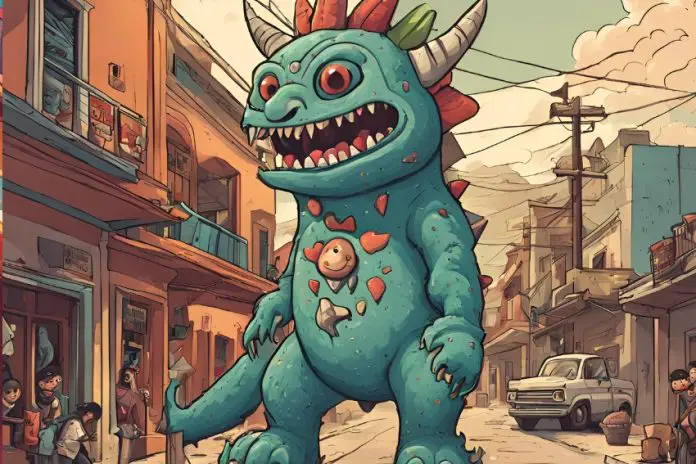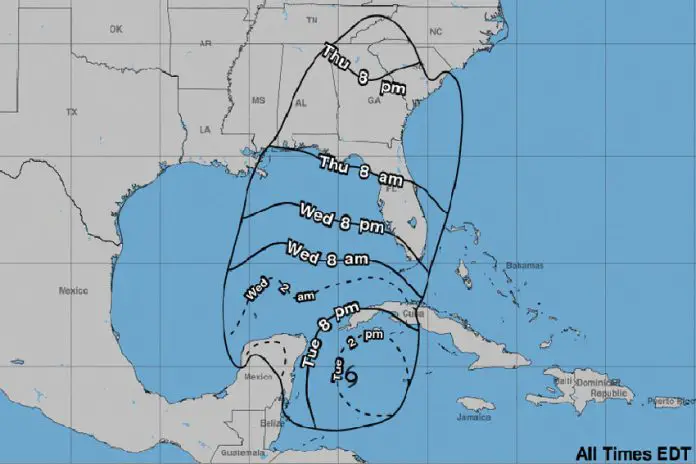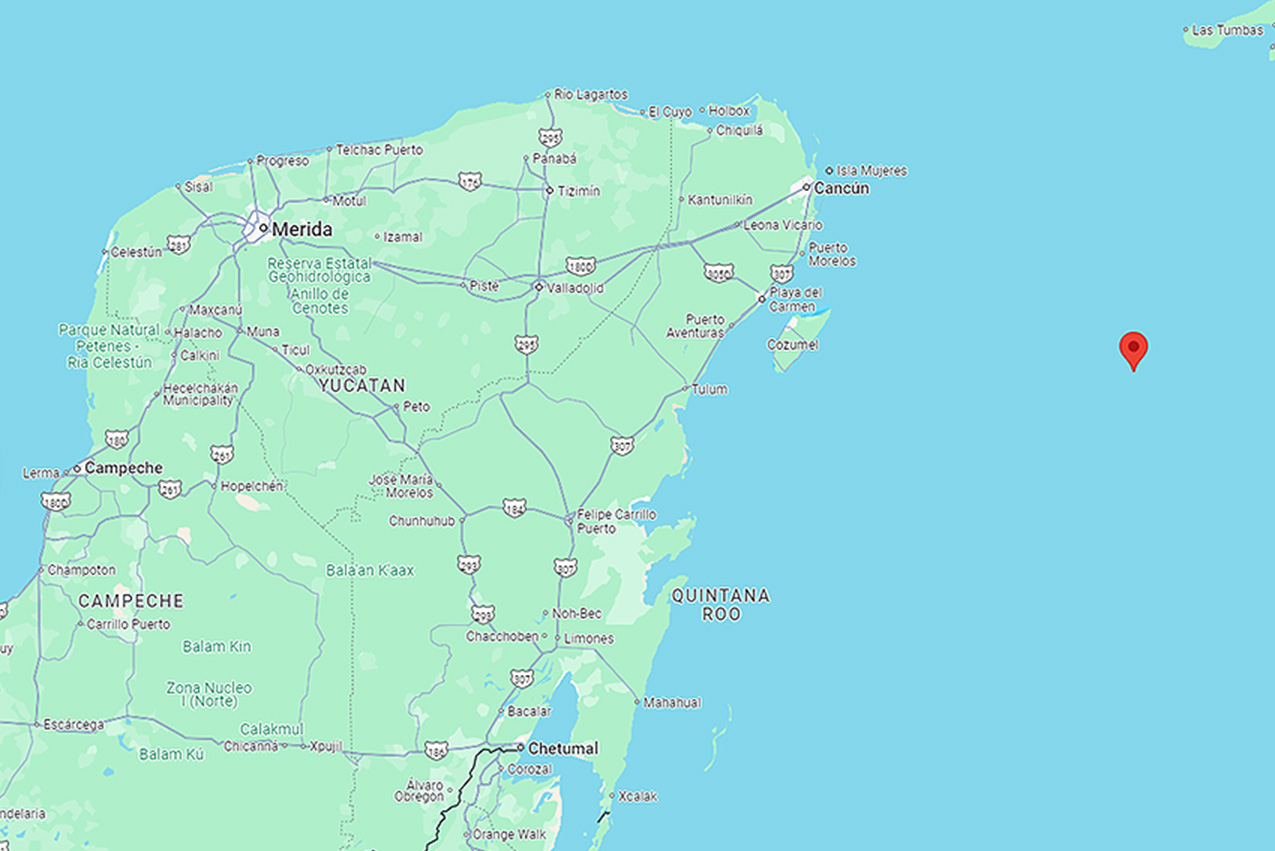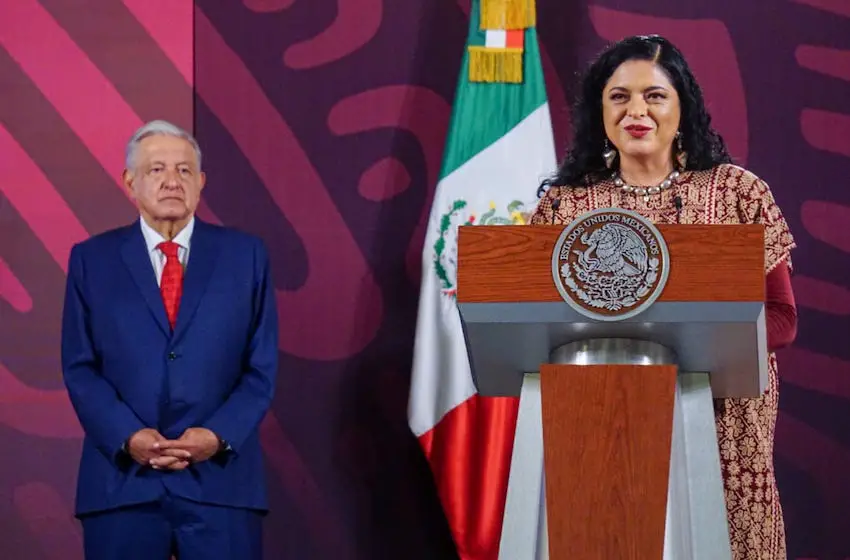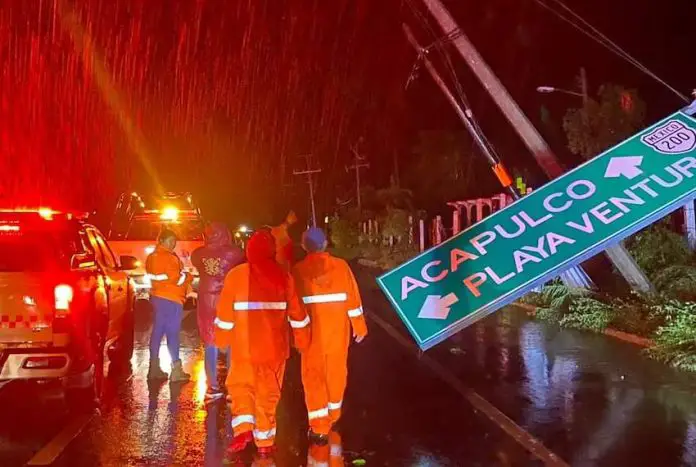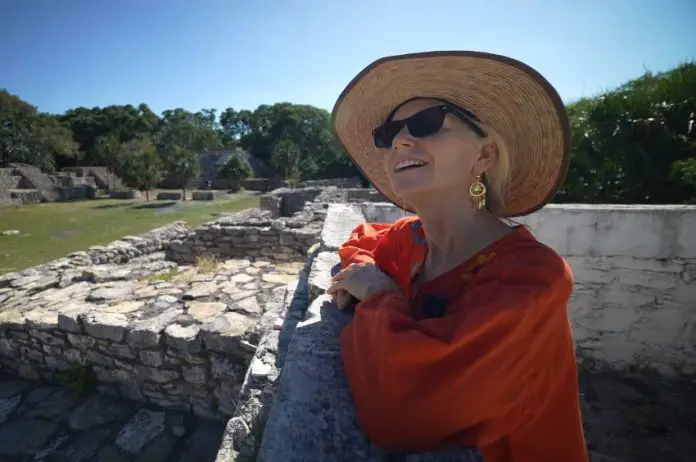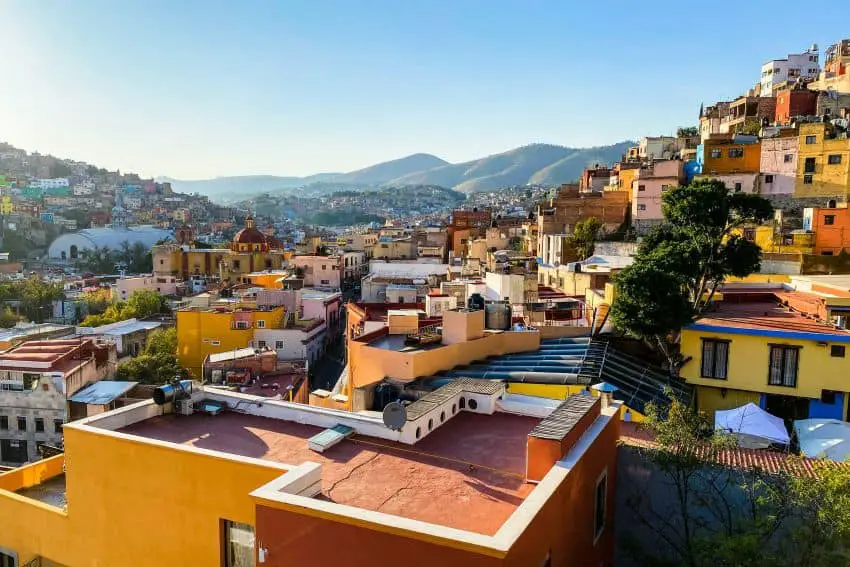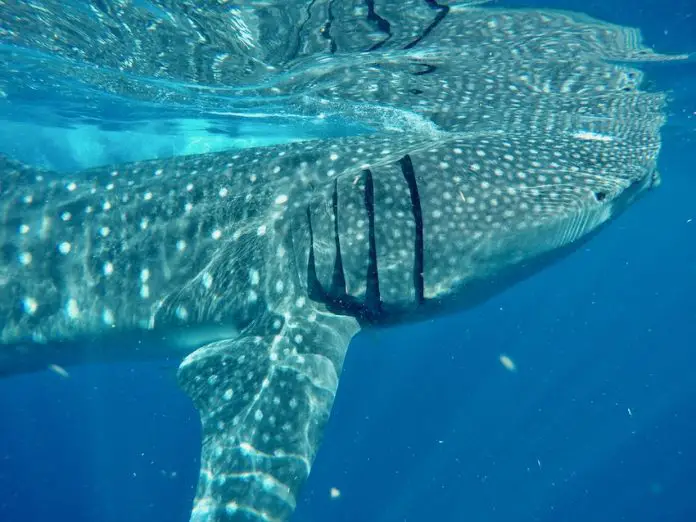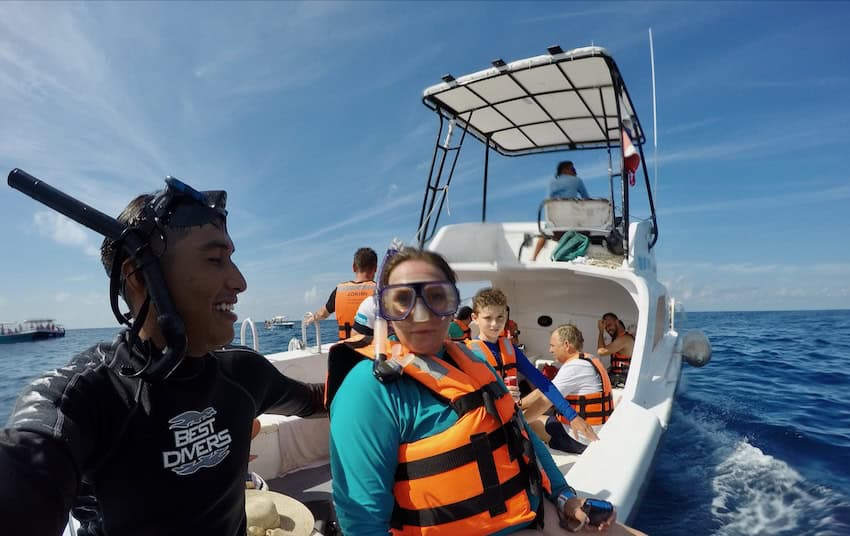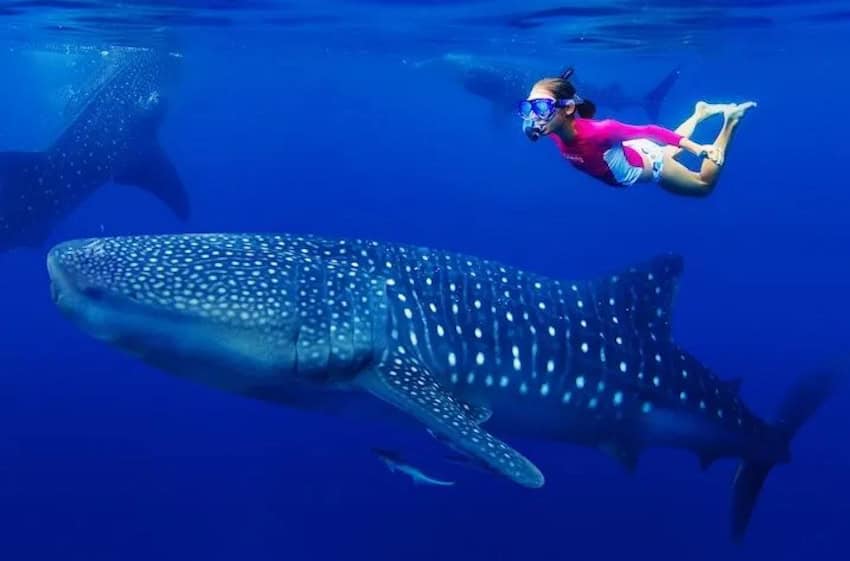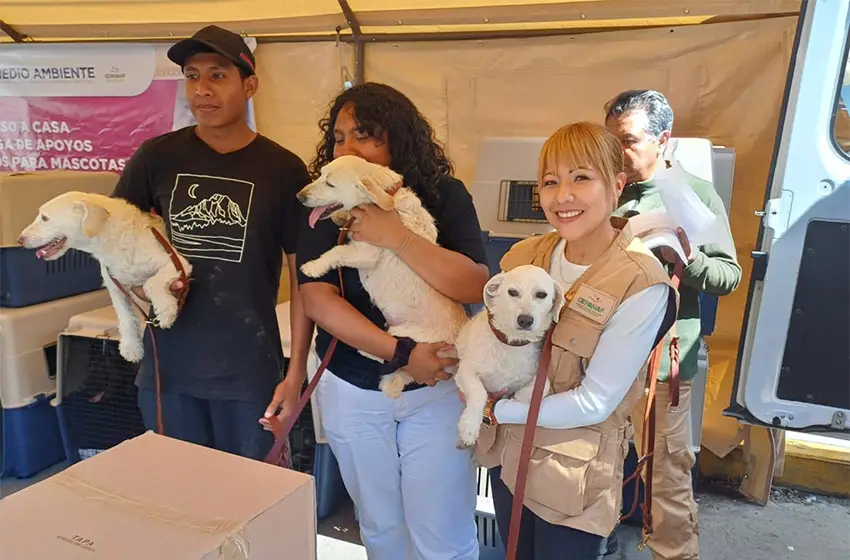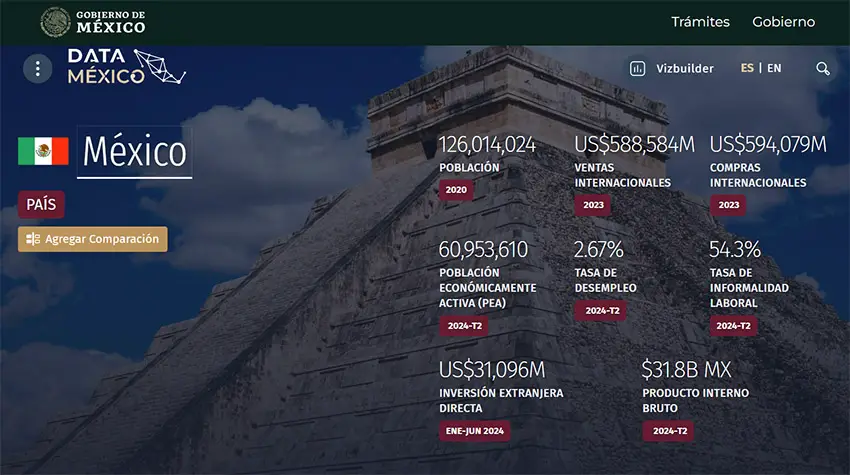I don’t know if it’s simply the particular algorithm vortexes I’ve been sucked into or if it’s having a moment, but I’ve seen a lot about Alice in Wonderland syndrome lately.
What is it? Apparently, it’s a real sense some people have that things around them are suddenly much larger or smaller than they truly are.
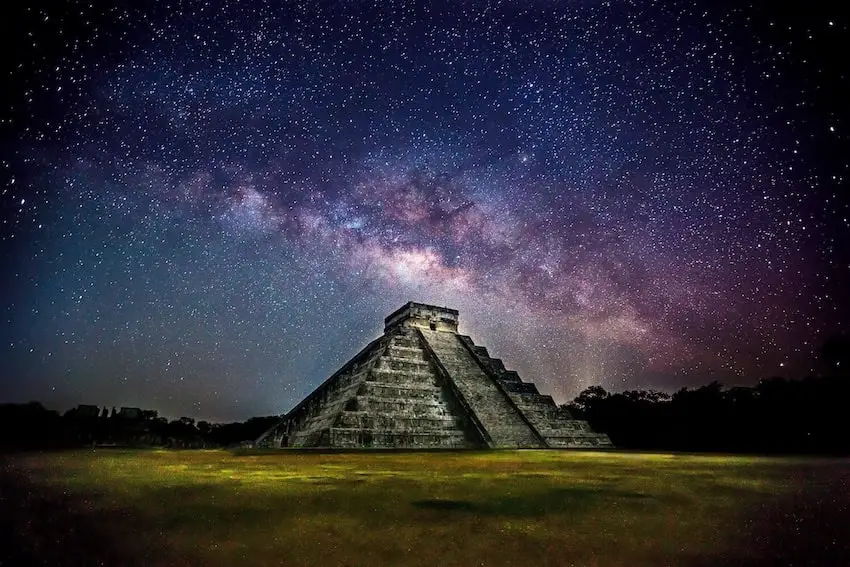
If you’ve spent much time in Mexico, you’ve no doubt felt this a few times. When it comes to nature, perhaps you’ve felt tiny. Vast oceans, mountains, deserts, skies — their beauty and awesomeness dwarf us every time.
If you’ve mainly spent your time in urban settings, you’ve probably had the opposite feeling.
Why is everything so tiny?
Perhaps I’m simply older and grouchier, the constrictions of middle age and gig economy capitalism pushing me in. Or maybe — probably — my expectations are too high. All I know is that when I’m out and about, I often have the urge to shout, “Get out of my way!”
Part of this is due to different ideas about personal space, which I’ve written about before. People here are just generally more comfortable with being real close together than those from my own culture are. It’s something I’ve become plenty used to when it comes to friends and people I know. But when I’m competing for space with strangers, I start grumbling.

Incidentally, this is my theory on why “chilangos” (Mexico City inhabitants) have a reputation for being a little rough around the edges. They just need space!
The truth, too, is that many places in Mexico were built for smaller and fewer people. Evidence? Look no further than the tiny bathroom closets routinely built under stairs. I’m not a very big or tall person, but I’ve knocked my knees on the wall in front of the toilet more times than I can count. Tiny chairs and tables in cafés consistently make my visiting “paisanos” gawk: “You want me to sit where?”
The same goes with drink orders at restaurants. No liter-sized free refills of soda here! You get a thin glass, and if you want more, that’s another drink order.
It’s also about a growing Mexico, in more ways than one. Last week I wrote about “the real Mexico” and what different people think it means. Most would probably tell you that it doesn’t — outside of Mexico City, anyway — mean traffic jams.
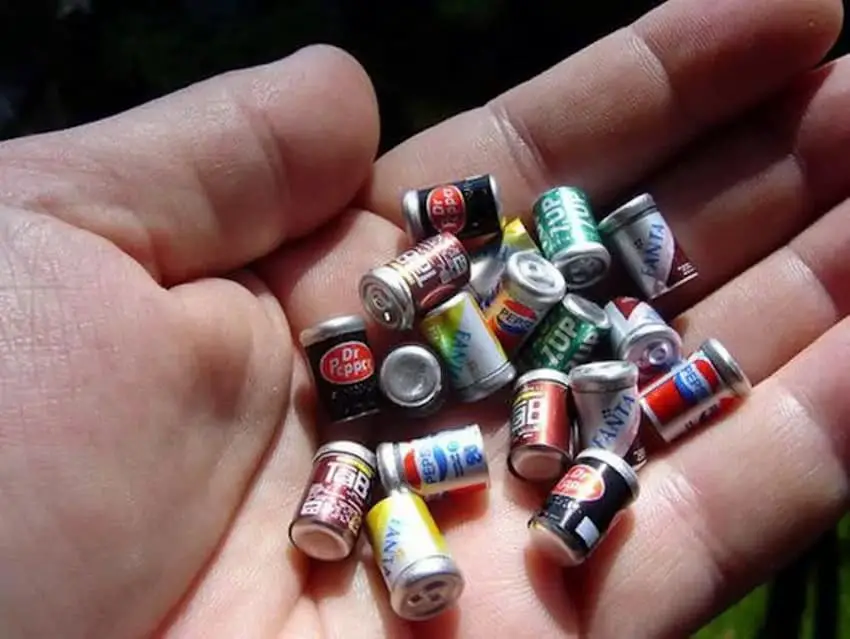
But as Mexico solidifies its status as an upper middle-income country, more and more people are buying and driving cars. Most of these cars are sensible and compact. The sheer number of them, however, have pushed my own city and others like it over the edge. In my city, the streets are packed both with traffic and parked cars in places not made for parked cars. And most of the streets and spaces that do exist are certainly not made to accommodate the larger models that north-er North Americans are fond of — and gaining in popularity here.
Ex-squeeze me?
So it’s not that Mexico is getting smaller. We’re also getting bigger, and we’re getting more and bigger stuff, and there are more of us. Grocery store aisles feel small because they are small by comparison, but also because there’s more stuff in the stores. Things are bound to start feeling tiny.
Is there a solution?
Well, we can give up some of our more and bigger stuff, we can get super efficient with our buildings and transportation, and/or we can spread out more.
“Spreading out” seems to be the main strategy for now, though that will eventually cease to be possible, as continuous growth always is. It also creates a transportation problem: the further away people are from their jobs and other activities, the harder it will be to get to them. More people far away from where they need to be complicates the issue of congestion, and on and on it goes.
Whatever the solution, urban centers especially need to find them fast. We can deal with tiny bathrooms, tiny drink servings, tiny store aisles. Tiny cobblestone roads with vehicles covering every inch, though — that’s not cool.
Sarah DeVries Sarah DeVries is a writer and translator based in Xalapa, Veracruz. She can be reached through her website, sarahedevries.substack.com.
